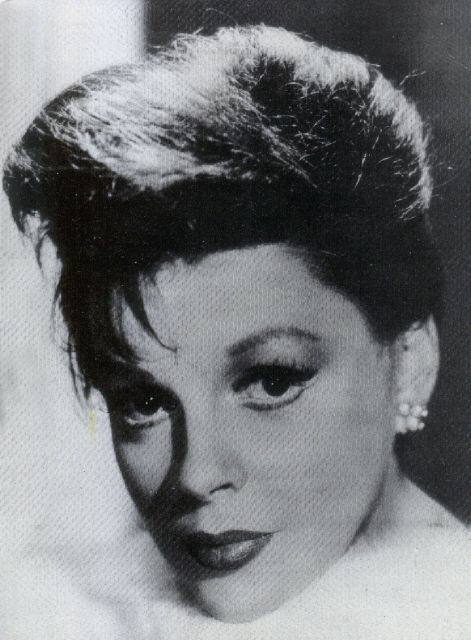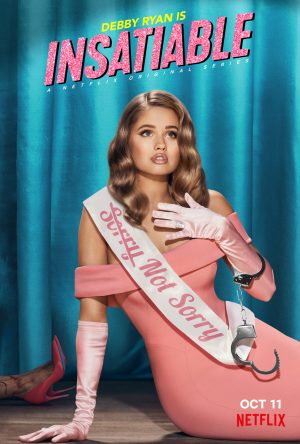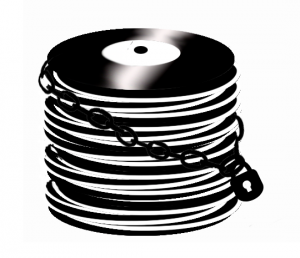Renee Zellwegger portrays Judy Garland, the legend behind the rainbow
November 6, 2020
“Somewhere over the rainbow” is a song that has never been forgotten by anyone either old or young. Though the Wizard of Oz was made back in the 1930s, the songs are unforgettable, the storyline is unforgettable and the characters are unforgettable, especially the star herself Judy Garland. The Wizard of Oz launched Judy’s career in many other iconic films like “A Star Is Born”, “Meet Me in St. Louis” and many more. But many only see this bright star from one perspective, but not the star behind the rainbow
Judy Garland did not have a strong mother figure, giving Judy sleeping pills starting at the age of 10 to help her sleep better, which did lead to her rocky relationships with her children, but her battle with drug addiction caused her to act erratically, which at times did cost her many roles.
In a 1967 interview with Barbara Walters, Garland discusses her abusive relationship with her mother. “She was very jealous because she had absolutely had no talent. She would stand in the wings … and if I didn’t feel good … she’d say, ‘You get out and sing or I’ll wrap you around the bedpost and break you off short! So I’d go out and sing”
But if her nightmare of a mother wasn’t enough, the pressure of Hollywood and her studio treated her cruelly. They starved her out. Concerned about Judy’s weight, they would constantly monitor Judy’s eating, always taking food away from her leaving Garland in a constant state of hunger, leaving her insecure about her body image.
With being hungry all the time and her “wicked witch of the west” mother breathing down Judy’s neck, how could things possibly get worse for her? But it did. The studio pushed Judy to take drugs. She would be given amphetamines to keep her energetic and sleeping pills to calm her. Garland would sometimes find herself working 18 hour days, six days a week. These leading to her abrupt and ecstatic behavior that ended up affecting her children.
In closer weekly, Liza Minelli, Judy’s daughter said, “If she was happy, she wasn’t just happy. She was ecstatic. And when she was sad, she was sadder than anyone. There were no middles. I was used only to screaming attacks or excessive love bouts, river of money or no money at all, seeing my mother constantly or not seeing her for weeks.”
So how was actress Renee Zellweger able to portray such a complex and multi layered legend like Judy Garland?
Zellweger trained with a vocal coach for a year in order to understand Judy’s particular musical style; she rehearsed for four months with the musical director, Matt Dunkley
In the premier of Judy, Zellweger told E! That “it was super different from anything I’ve done before. It didn’t really feel like a role, it felt like…I don’t know….an exploration. Just a big, huge research project and then a celebration. An expression of affection and appreciation from everybody involved in the project.”




